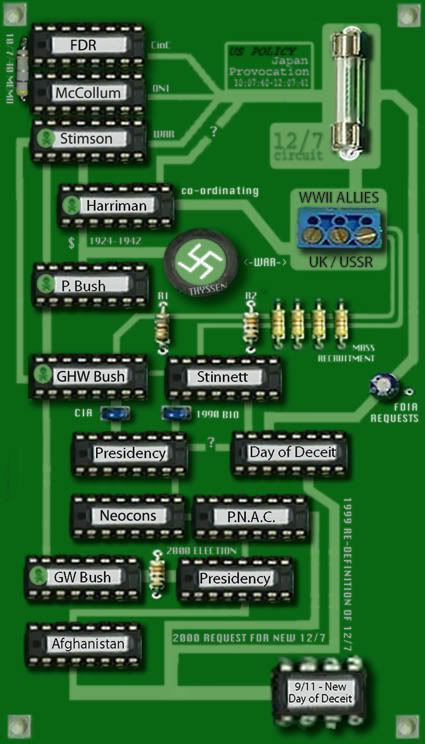
The Elements of the Chart:
President (FD) Roosevelt, Secretary of War Henry Stimson, and possibly Roosevelt's adviser and ambassador W. Averell Harriman (among others) acted on the Japan provocation plan put forth by Lt. Commander Arthur McCollum at the Office of Naval Intelligence. The eight-point plan solidified existing intentions to bring down the Pearl Harbor attack and give the US an excuse to officially enter the Second World War on the side of the British and the Soviets. In addition to fighting the Nazis and their Japanese allies, the attack allowed the creation of an enduring "military-industrial complex" among its other profound transformationsof American society and economy with effects up to the present time.
War Secretary Stimson meanwhile was a friend of the Bush family, originally headed by Samuel Bush, a muscleman who helped make sure weapons were shipped right for the World War I effort, a sort of proto-military-industrial complex/Merchants of Death kind of guy. By 1940 the family was headed by Samuel's son Prescott, a businessman and senator who maintained ties with Stimson. Bush was also a business partner in Averell Harriman's investment banking firm, involved along with Harriman's brother in the subsidiary Union Banking Corp. that was helping finance the Nazi war machine via Fritz Thyssen until forcibly shut down in late 1942.
Among those young Americans by then called to service in the War effort unleashed by 12/7 was Prescott's son George H.W. Bush (named after Prescott's father-in-law and Harriman-related business partner George Herbert Walker). Another young recruit, Robert Stinnett, served together with Bush in the same aerial reconnaissance unit on the USS San Jacinto. Whatever connections they formed were nurtured with Stinnett's authoring of "George Bush, his WWII Years" in 1990, used as a GOP fundraiser for Bush's re-election campaign in 1992. (hence the link from Stinnett to Bush as president). Stinnett dropped hints about his coming Pearl Harbor thesis in this paen, and after visiting Bush in the oval office, his investigation (coincidentally?) skyrocketed and formed into the groundbreaking Dec. 7 1999 Day of Deceit, which for the first time cited McCollum's plan and in my opinion finally gutted the official story, a victory he started rehashing every December 7 with a reminder article - they provoked and allowed what could well be called a "catastrophic and catalyzing event."
Ironically, Day of Deceit was first published just as the Project for the New American Century was getting serious with its military ambitions, in September 2000 prominently noting the utility of a "new Pearl Harbor," just months after Stinnett had re-defined the term to mean a provoked event designed to transform american opinion. This group is dominated by former Bush sr functionaries (Cheney et al, the hawk "renegades" we're told) and was forming the advisory basis for the presidency of Bush's son. Then they oversaw the most spectacularly acute failure of defense in American history - a new Pearl Harbor in spades - after alleged intense provocations in Afghanistan in mid-2001. Will a McCollum memo from January 2001 surface one day?
A curious and perhaps telling footnote to all this is Stinnett's about-face on Pearl Harbor in the period after 9/11. Perhaps it's simply a coincidence, but as questions over what Bush knew began to arise in 2002, Stinnett's argument and questions changed significantly, no longer mentioning the McCollum memo or provocation. There seems to be no problem with the solidity of his case, so why the back-off? Did someone get a pang of "degrees of separation anxiety?" If this sound silly to you, just take another look at that circuit board above and think about it. It's gotta mean something.
Perhaps the crafting of an ephemeral, controllable, limited-time-only official conspiracy theory? In what context could it possibly make sense to imply that they provoked and allowed the attack? Are they pleading to a lesser crime since they know they physically did it themselves? Is the New Day of Deceit designed to cover for Shadow 9/11 by providing a more logical explanation for the attack's success that still keeps external terrorists center stage?


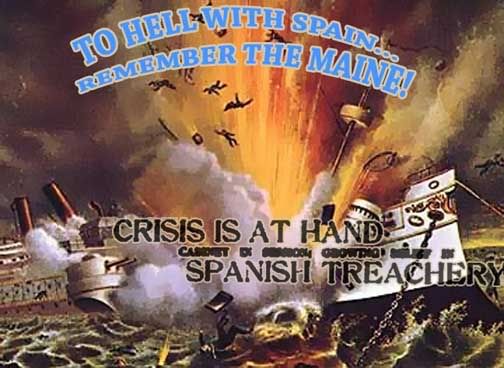
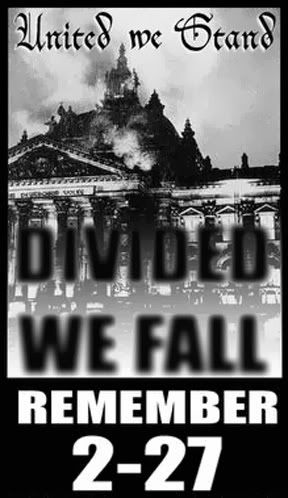


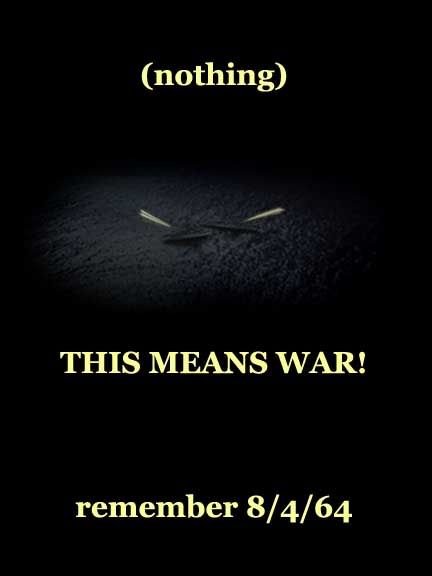


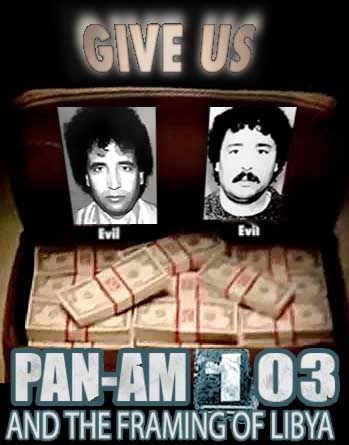



No comments:
Post a Comment